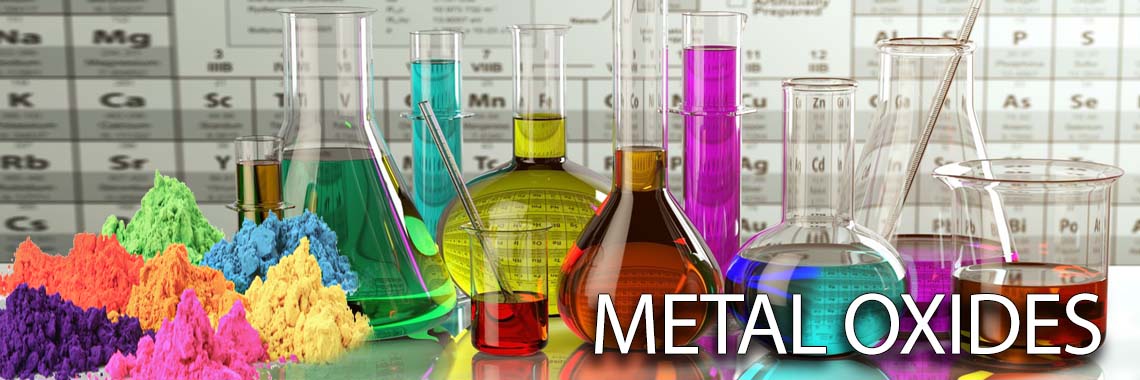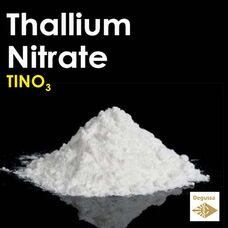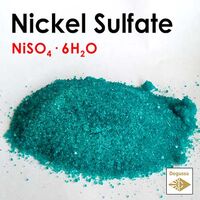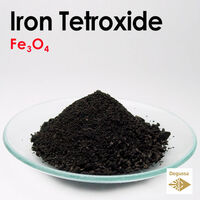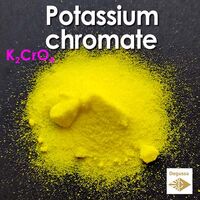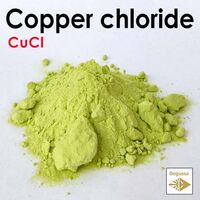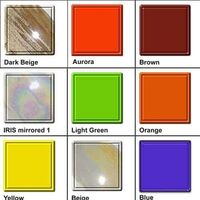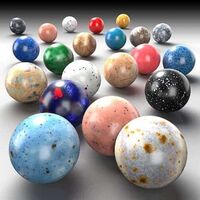What is Thallium Nitrate and what is it used for
TlNO3
Thallium nitrate is a chemical compound with the formula TlNO₃. It is composed of thallium (Tl), a soft and toxic metal, and nitrate (NO₃), a polyatomic ion. Thallium nitrate is typically found as a white crystalline solid.
Thallium nitrate has several uses, primarily in the field of chemistry and research.
Here are a few common applications:
Laboratory reagent: Thallium nitrate is used as a reagent in various chemical reactions and experiments in laboratories. It can be employed as an oxidizing agent, catalyst, or as a source of thallium ions in different chemical processes.
Manufacturing other thallium compounds: Thallium nitrate serves as a precursor for the production of other thallium compounds. By reacting thallium nitrate with other chemicals, such as hydroxides or carbonates, various thallium salts and compounds can be synthesized for specific applications.
Optical materials: Thallium compounds, including thallium nitrate, have been utilized in the production of special optical materials. Thallium-doped crystals and glasses have unique optical properties, such as high refractive indices, and can be used in lenses, prisms, and infrared optics.
Pyrotechnics: Thallium nitrate has been used in pyrotechnic compositions to produce green-colored flames or sparks. However, due to thallium's toxicity, its use in consumer fireworks has significantly decreased in recent years.
Pesticide and rodenticide: In the past, thallium nitrate was used as an ingredient in certain pesticides and rodenticides due to its high toxicity to insects and rodents. However, its use in these applications has been restricted or banned in many countries due to its harmful effects on the environment and human health.
It's worth noting that thallium and its compounds are highly toxic, posing significant health risks. Therefore, the use of thallium nitrate and other thallium compounds should be strictly controlled and handled with caution, adhering to appropriate safety protocols and regulations.
Formula: TlNO3
Molar Mass: 266.39 g/mol
Form: colorless solid
CAS Number: 10102-45-1
EC Number: 233-273-1
IUPAC name: Thallium(I) nitrate
Density: 5.55 g/cm³
Synonyms: THALLOUS NITRATE, Thallium mononitrate, Nitric acid, thallium(1+) salt, RCRA waste number U217, Nitrate thalleux
Thallium Nitrate - Properties, Uses, and Safety Information
- Brand: Degussa
- Product Code: Oxide - Thallium Nitrate - TlNO3
- SKU: TlNO3
- Availability: Out Of Stock
-
59.00€
Available Options
Out of Stock
Related Products
Nickel Sulfate - Nickel(II) sulphate
NiSO4 Nickel sulfate, with the chemical formula NiSO4, is a chemical compound that contains nickel, sulfur, and oxy..
0.99€
IRON TETROXIDE - Iron (II,III) Oxide Ferric Minium Ceramic Pigments and Stains
Fe3O4 Iron(II,III) oxide is the chemical compound with formula Fe3O4. It occurs in nature as the mineral magnetite...
0.59€
Potassium chromate - K2CrO4
K2CrO4 Tarapacaite is the natural, mineral form of potassium chromate. It occurs very rarely and until now is known..
3.99€
Copper Chloride - Copper(I) chloride
CuCl Copper(I) chloride, commonly called cuprous chloride, is the lower chloride of copper, with the formula CuCl. ..
0.59€
Tags: oxide

